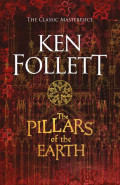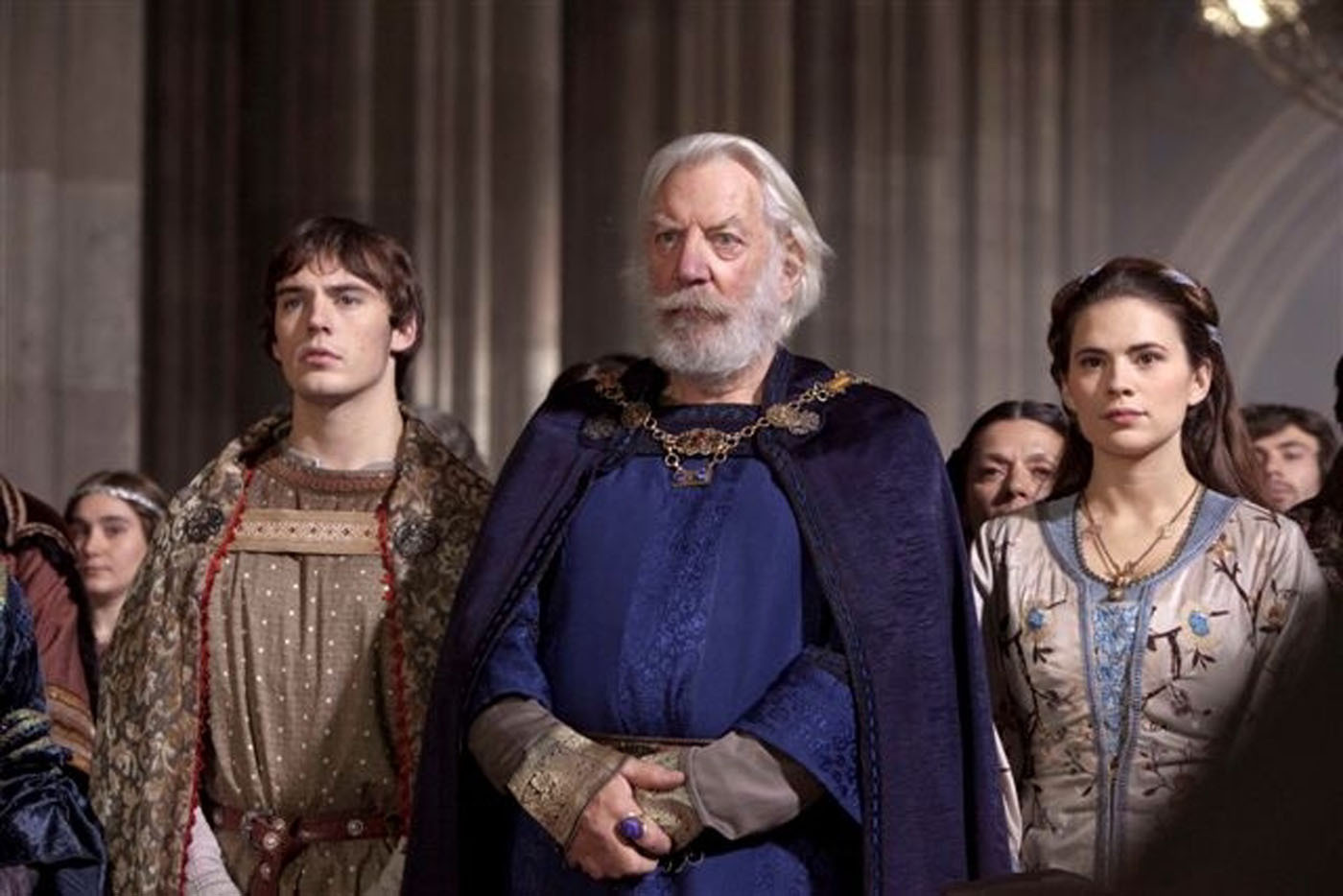

In both Uther and The Pillars of the Earth, religion serves as both a source of conflict and a means of resolving conflicts.

One key similarity between the two novels is the central role that religion plays in the lives and actions of the characters. Both novels follow the stories of diverse characters as they navigate the challenges and conflicts of their respective time periods.

Uther and The Pillars of the Earth are both historical fiction novels set in medieval times. The novel follows the story of Uther Pendragon, the father of King Arthur, as he navigates the political and social conflicts of the time and tries to build a new society in the aftermath of the Roman withdrawal.

It is the first book in the series and is set in 5th-century Britain during the time of the fall of the Roman Empire. Uther is a historical novel by Jack Whyte that is part of a series called The Camulod Chronicles. If you loved the historical fiction and great storytelling of The Pillars of the Earth, you would definitely love The Century Trilogy as well. The Century Trilogy also touches on themes of war, revolution, and political and social change.īoth The Pillars of the Earth and The Century Trilogy are well-researched and heavily detailed, with richly developed characters and complex plotlines. Both series follow the lives of multiple characters and explore themes of love, family, and the impact of historical events on individuals and society. Like The Pillars of the Earth, The Century Trilogy is known for its epic storytelling and sweeping historical scope. The Century Trilogy is a series of historical novels by Ken Follett that consists of three books: “Fall of Giants,” “Winter of the World,” and “Edge of Eternity.” The novels follow the lives of several families across Europe and the United States over the course of the 20th century, with each book covering a different period in history.


 0 kommentar(er)
0 kommentar(er)
